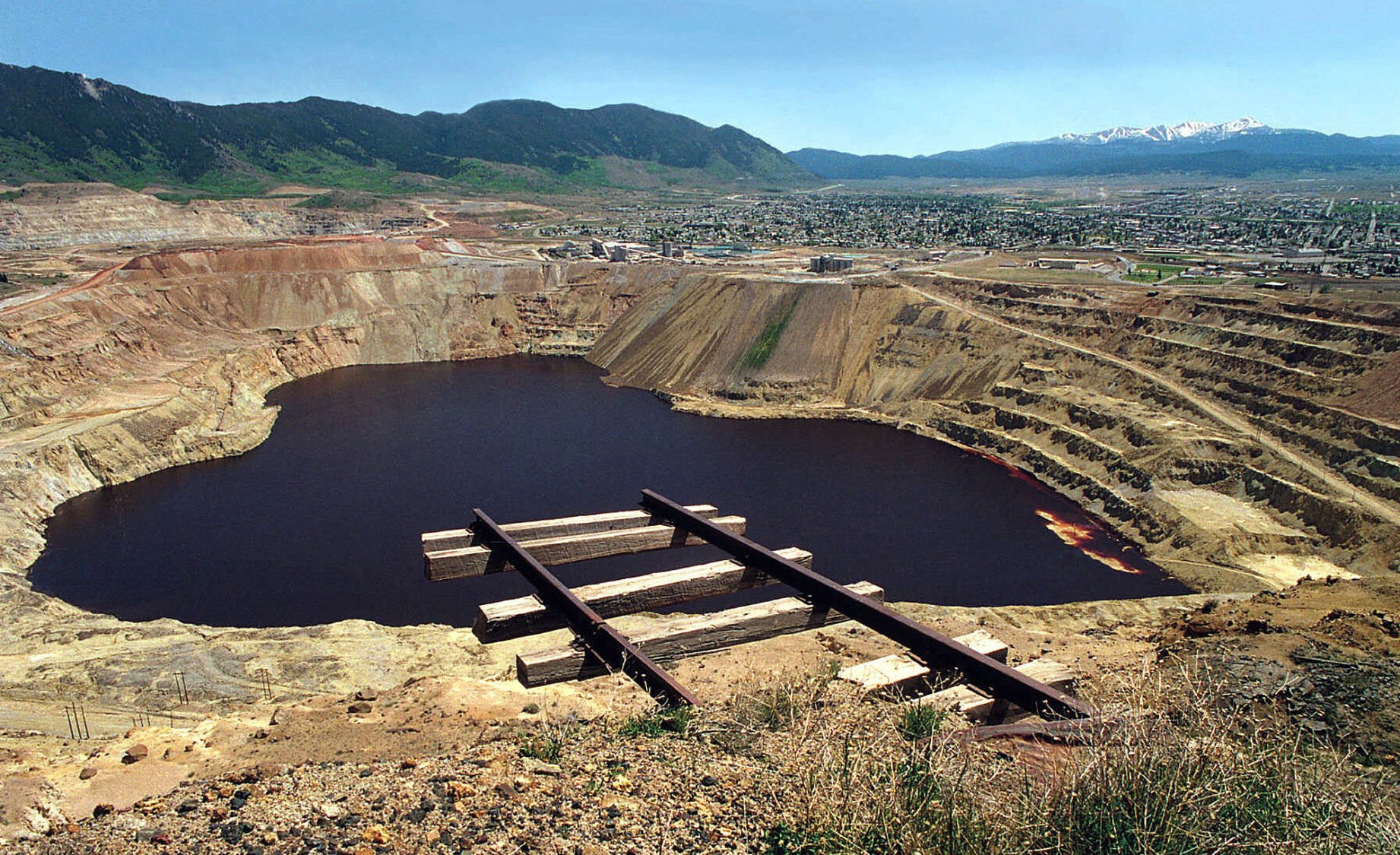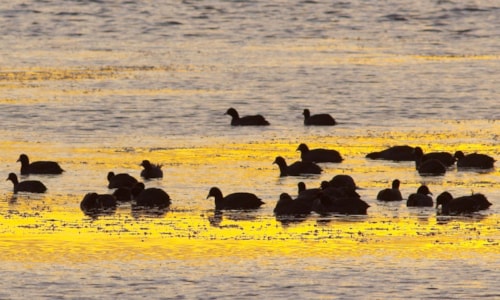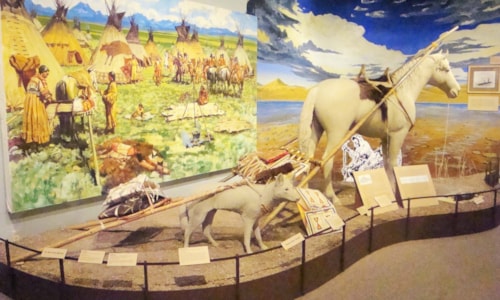Butte
The Richest Hill on Earth | Butte, Montana: A Community Profile

“Butte is different from all the cities of the world. There is only one Butte—there will never be another. Those who know her love her and wouldn’t trade her for the most beautiful city on earth.”
“Butte Mt, in the late 1800s and early 1900s—miners worked like slaves, and they played like kings; They asked no quarter, and no quarter did they give; they took their whiskey straight, and they took it often. They were Irish, Welch, Cornish, English, Fins, Serbians, Scotch, Italians, Swedes, Greeks, Afghans, Norwegians, Mexicans, Germans, Turks, Chinese, Austrian, French-Canadian, Polish, Spanish, African-Americans, Native Americans, and more—all mining, building, tending, cooking, hauling, serving, boarding, chopping, raising, and otherwise growing Butte all together, all at once.”
“Doors of hundreds of saloons were built without locks because they never closed, and mules in the mines developed a fondness for chewing tobacco.”
— From the book Copper Camp—Writers Project of Montana, 1943. Re-published by River Bend Publishing, Helena, Montana
Often called the “Mile High City,” Butte is perched just below the west slope of the Continental Divide and northwest of Homestake Pass. The Divide surrounds it on three sides, thereby seemingly cradling this legendary former mining camp. And the city is loftier than a mile—5,550 feet above sea level at the airport on “The Flat,” and at the County Courthouse, in “Uptown Butte,” 5,755 feet in altitude.
In the 1860s, gold was discovered in the creek beds of today’s Butte. A group of prospectors coming north from Virginia City decided to try their luck in the stream running through the Summit Valley. Upon discovering gold, they set up camp. One man noticed how beautiful the bows of the water shone as the sunset and remarked, “oh, look at the pretty silver bows.” Peter “Seven-Up Pete” McMahon responded, “Silver Bow is good and a good name it would be.”.
Word quickly spread through the mining communities of the West, and prospectors made their way to the area. A tent camp popped up in no time. The county would ultimately be named Silver Bow, and the town would become Butte City, referencing its dominating geographical features in the area, called buttes. The name was eventually shortened to “Butte.”
By the 1870s, as the gold played out, silver replaced gold as the prospecting magnet. Silver mining required heartier methods of mining. Windlasses, hand-cranked and eventually horse-driven, were installed on the surface to allow the miners to reach greater depths underground. Finally, wooden headframes were established to support the weight of the ore hauled to the surface. It was during the silver mining era that Copper King Marcus Daly arrived. Working for the Walker Brothers, out of Salt Lake City, he managed the Alice Mine in the community of Walkerville, just at the north edge of Butte.
By 1882, Daly had partnered with others and acquired the Anaconda Mine. It was here that he exposed one of Butte’s largest copper deposits. The ore was approximately 60% pure; the timing was perfect.
Electricity and the convenience of it had recently been discovered, and copper wire was the excellent conductor. Butte was officially on the map.
With the discovery of copper, more and more mines began operating in Butte. While not all were successful, the fact that there are over 500 claims reveals how this growing city was a mining metropolis. People came from across the world to the Mining City, and by 1917, 100,000 people lived in Butte.
Immigrants settled into similar ethnic neighborhoods, creating a sense of home even though they were half a world away from their hometowns. Imaginary lines were drawn dividing the ethnicities

Copper King Mansion | Rick and Susie Graetz
into neighborhoods. The Italians settled in Meaderville the Cornish in Centerville, the Scandinavians in Finntown, the Germans in Williamsburg, the Chinese in Chinatown, the Croatians, and Slovenians in McQueen, and of course, Butte’s most prominent ethnic population, the Irish, in Dublin Gulch and Corktown.
Among the working-class people were three men who would rise above the rest, earning the name of Copper King. Marcus Daly, the Irishman who found copper in the Anaconda Mine, was one of them. Daly’s Anaconda Copper Mining Company would become one of the largest trusts in America. He died in 1900, at the age of 58. The others were William A. Clark and Fritz Augustus Heinze.
Clark was a young man from Pennsylvania when he arrived in the mining camps of Montana. He dabbled in all sorts of business, from a merchant driver to a banker, where he skillfully repossessed mines and mining claims from owners who defaulted on payment. He would become a United States Senator from Montana, a title that many claimed he bought and paid for and became one of the richest men in America. His residential palace in Butte, the Copper King Mansion, remains a museum.
Not to be forgotten from Clark’s legacy is the Columbia Gardens, an amusement park once on the east side of Butte. Clark created it as a playground as a summer escape for the children of the city. Sadly, the Columbia Gardens burned down in the 1970s under mysterious circumstances.
William A. Clark died in 1925; he was 86. By 1928, the Anaconda Copper Mining Company, started by Marcus Daly, bought Clark’s Butte mining interests.
F.A. Heinze did not arrive in Butte until 1889, years behind Daly and Clark, yet quickly worked his way to the top. He started as a mining engineer for the Boston and Montana Company, but after receiving a large inheritance from his father, started buying smaller mining properties and gained adoration from his workers by reducing the workday from ten hours to eight. And he used the Apex Law to his advantage. It stated an owner could mine the ore veins that outcropped on the claim even if it coursed through property owned by others. After years in court with other mining companies disputing the Apex Law, in 1906, Heinze sold his interests to the Anaconda Copper Mining Company. He moved to New York and died in 1914, a relatively young man of 44.
Male immigrants came to work primarily in the mines, but other enterprises flourished as well. The mines operated 24 hours a day, so the rest of the town did too. Bars and restaurants never closed. The Atlantic Saloon was said to have had the longest continuous bar in the United States to serve its busy clientele.

With the various ethnicities represented in Butte came a cornucopia of food. The Cornish brought with them the pasty, essentially a meat and potato pie that served as a hearty meal for a miner. The Chinese opened noodle parlors, and the Italians established luxurious supper clubs.
By 1917, fourteen theaters were operating in Butte, and the Red-Light District was thriving. Film great Charlie Chaplin visited Butte on many occasions and remarked in his autobiography that Butte had “the prettiest women of any red-light district in the West.”
Department stores flourished in massive buildings, including the famous Hennessy’s Department Store. Hennessy’s started as a mercantile by Daniel J. Hennessy grew to be a five-story store with subsequent outlets across the state. Besides the Main Street business district, there were bakeries, butchers, breweries, and markets located throughout the community.
In 1900, Montana State School of Mines held its first classes, offering two degrees, mining engineering and electrical engineering. Twenty-one students were enrolled. Part of the curriculum required experience in the field with students venturing into Butte’s mines for hands-on practice. The college is now known as Montana Technological University – Montana Tech in popular speak and is a leading STEM school in the United States.
Butte was a main stop for the dignitaries of the world, including presidents Theodore and Franklin Roosevelt, Harding, Eisenhower, Ford, Johnson, Clinton, and Obama, as well as John F. Kennedy. Upon their visits, parades were held, and speeches were made, of course. Perhaps the most fun of it all would be a trip into an underground mine, most likely the copper-laden Leonard Mine in Meadville.

Butte is rich in labor history, beginning with the formation of the Butte Workingmen’s Union in 1878. Alice Mine management reduced wages from $3.50 per day to $3.00 per day. Shortly after that, the union was officially formed, and on June 13, 1878, wages were increased. The name would change to the Butte Miners Union and continue, along with other unions to strive for better working conditions and higher wages for their members.
In 1890 the women of Butte banded together to form the Butte Woman’s Protective Union. It was created to “elevate the sex intellectually, morally and socially and to bring the members into closer relations with one another.” It started with 33 members and would continue to grow, reaching its peak of 1,149 members in 1955. The initial members represented in the union had various occupations, from maids in boarding houses to waitresses to bucket girls to nursemaids. The careers and their representation continued to expand as the city grew.
In 1893 the Butte Miners Union became part of the Western Federation of Miners and was named Local Number One. They worked together and were successful in securing the 8-hour workday. By 1914, the miners had become weary of their union, and a riot ensued against the leaders. Dynamite was taken from a nearby mine, and they blew up their union hall, injuring four and killing one. As this was the beginning of World War One, martial law was declared in Butte. It lasted the entirety of the war to ensure that the valuable and necessary metals were mined to support the war efforts. The Miners Union was squelched but revived in later years.
Out of the hundreds of mining claims in Butte, the Anaconda Copper Mining Company (ACM) would come to own most of them. Marcus Daly started it and before its demise in the 1970s, it would go on to state-wide domination. “The Company,” as it was commonly known, began with Daly’s Anaconda Mine and grew and expanded to include a smelter complex about 25 miles northwest of Butte. A town sprung up around it and coincidentally was also named Anaconda. Daly created the Butte, Anaconda, & Pacific Railway (BA&P) to transport ore from Butte to Anaconda. In 1913, the BA&P was the first electric freight railway in the nation.

The Anaconda Company continued to spread its footprint across Montana. It constructed another smelter in Great Falls, harvested timber for its mines near Bonner, mined coal from the Smith Mine near Red Lodge, and later Colstrip.
To run all energy operations, it created its own Montana Power Company to produce hydropower from dams across the states. By the 1920s, the ACM started expanding globally, acquiring the Chuquicamata Copper Mine in Chile. In the 1950s, aluminum reduction plants were built in Columbia Falls, Montana, and Jamaica.
While all this was happening, the face of Butte copper mining was changing. The Company shifted from underground extraction to block-cave and open-pit mining to retrieve lower-grade ores from the belly of Butte as the higher-grade veins were diminishing. The ACM began a major open-pit mine called the Berkeley Pit. To expand operations, neighborhoods had to be displaced. As a result, many of Butte’s ethnic communities were gobbled up by “the Pit” expansion.
In the 1970s, the Chilean government was overthrown, and the Anaconda Company lost its Chuquicamata mining interests, weakening the Company. In 1977, it was sold to Atlantic Richfield Company (ARCO). Shortly after the purchase, copper prices plummeted, and in 1982, ARCO closed all mining-related properties.
Dennis Washington, of Missoula-based Washington Corps, took over in 1985, forming Montana Resources and resumed mining in Butte’s Continental Pit. Operations came to a temporary halt between 2000 and 2003. Today the company is a significant area employer.
When mining shut down in Butte, the population dwindled. The city went through its fair share of ups and downs but is ultimately doing well today, with a growing population of nearly 35,000. Montana Resources currently mines the Continental Pit and is a significant employer.
Beyond mining, Montana Technological University, Northwestern Energy, St. James Healthcare, and REC Silicon, Headframe Spirits, and Montana Precision Products contribute to Butte’s economy. Butte has become a cultural center hosting the annual Montana Folk and An Ri Ra Irish Festivals. And the town is rich in historical sites. It boasts of being the most extensive National Historic Landmark District in the United States. Butte folks are proud of their heritage. They will gladly flaunt their knowledge of its history and share their hope for its future.
Butte’s Landmarks and Outdoor Recreation
Big Butte
Many buttes rising in all directions gave Butte its name. And one of the most prominent of them all, and the communities’ defining landmark and sentinel, “Big Butte, “rises above the Montana Tech campus in the northwest corner of town. Its large M, inserted by Tech students in 1910, on its southeast slope is visible from most directions. In 1962, lights were added to illuminate it.
Our Lady of the Rockies
Our Lady of the Rockies is a well-known Butte marker and a national attraction. Perched on the Continental Divide on the East Ridge, 3,500 abrupt feet above town, at 90 feet tall, it is the fourth most prominent statue in the nation.
Completed in December 1985, it was an idea conceived by Butte resident Bob O’Bill, as a tribute to the Virgin Mary after his wife recovered from cancer. Eventually, it was dedicated to all mothers.

Thompson Park
Thompson Park is a place of pride for folks of the “Mile High City.” It came to life through the generosity of mining engineer, financier, philanthropist, and self-made millionaire William Thompson. Born in Virginia City in 1869 and raised in Butte. In 1917, he gifted 75 acres of placer mining claims to the town to establish a park. In 1922, federal land that was part of the then Deerlodge National Forest was added to the original parcel by Congress, not to exceed 3,500 acres, and designated as a Municipal Recreation Area. Thompson Park is the only congressionally authorized Municipal Recreation Area in the National Forest system.
Just south of the Montana Hwy 2-Continental Drive intersection and about ten miles from town is the north edge of the park boundary. From here, signs near Sagebrush Flats lead to the central passage, a 4.5-mile-long trail, the Milwaukee Road, that follows the former rail bed of the Chicago, Milwaukee, and St. Paul Railroad (Milwaukee Road). From “the Flats,” it ascends gently to Pipestone Pass and the Continental Divide, connecting with the Continental Divide National Scenic Trail at the pass.
Following the Milwaukee Road, a person will travel through two tunnels, one 550 feet long and the other 1100 feet in length, and cross a 650-feet long, 130-feet high trestle. Unique geology is on display throughout as this region is in the heart of the Boulder Batholith formation, an igneous intrusion responsible for the mineralization of southwest Montana.
On the west side of Highway 2, many other trails connect to this main stem and longer routes east of Hwy 2 such as Blacktail Canyon, Skeeboggan, Blacktail Ridge, and Beaver Pond trails offer more backcountry experiences. In aggregate, 30 miles of non-motorized trails provide summer routes for hiking, horseback and mountain bike riding; and 14 miles of winter biking, backcountry skiing, and snowshoeing. Six separate well-placed trailheads allow easy access. The Herman Gulch Trail is a motorized route located in a small section of the park to connect to the Highland Mountain Range and other motorized roads on the forest.
Continental Divide Trail
More than 100 miles of the Continental Divide National Scenic Trail are accessed from many points within 30 miles and less from Butte.
Perhaps the most popular passage extends from Homestake Pass, elevation 6,329’ and east of Butte for about 8.5 miles to 6,453’ Pipestone Pass south of town. Along the way, it connects to the Blacktail Ridge Trail and the Beaver Ponds section of the Thompson Park area. Along the way, signs of Butte’s mining heritage are everywhere and the views are splendid.
Humbug Spires Wilderness Study Area
Although not reached from Butte directly, this 11,175-acre scenic region of non-motorized public land can be claimed as a local outdoor recreational asset. The Spires are positioned in the western foothills of the Highland Mountains 26 miles south of the city.
Here 50 towering outcroppings of the Boulder batholith, once magma that cooled in the earth and uplifted, rise from 300 to 600 feet above the forest floor. For those who enjoy rock climbing, plenty of challenging routes are present on these granite pinnacles. It is also an enjoyable place for day hikes as the formations are reached within three to four miles of the trailhead on a route that passes through an old-growth forest of Douglas fir and lodgepole pine.

From Butte head west on Interstate 90 to its junction with Interstate 15 and then take the Moose Creek exit and following the road for three miles to its end.











